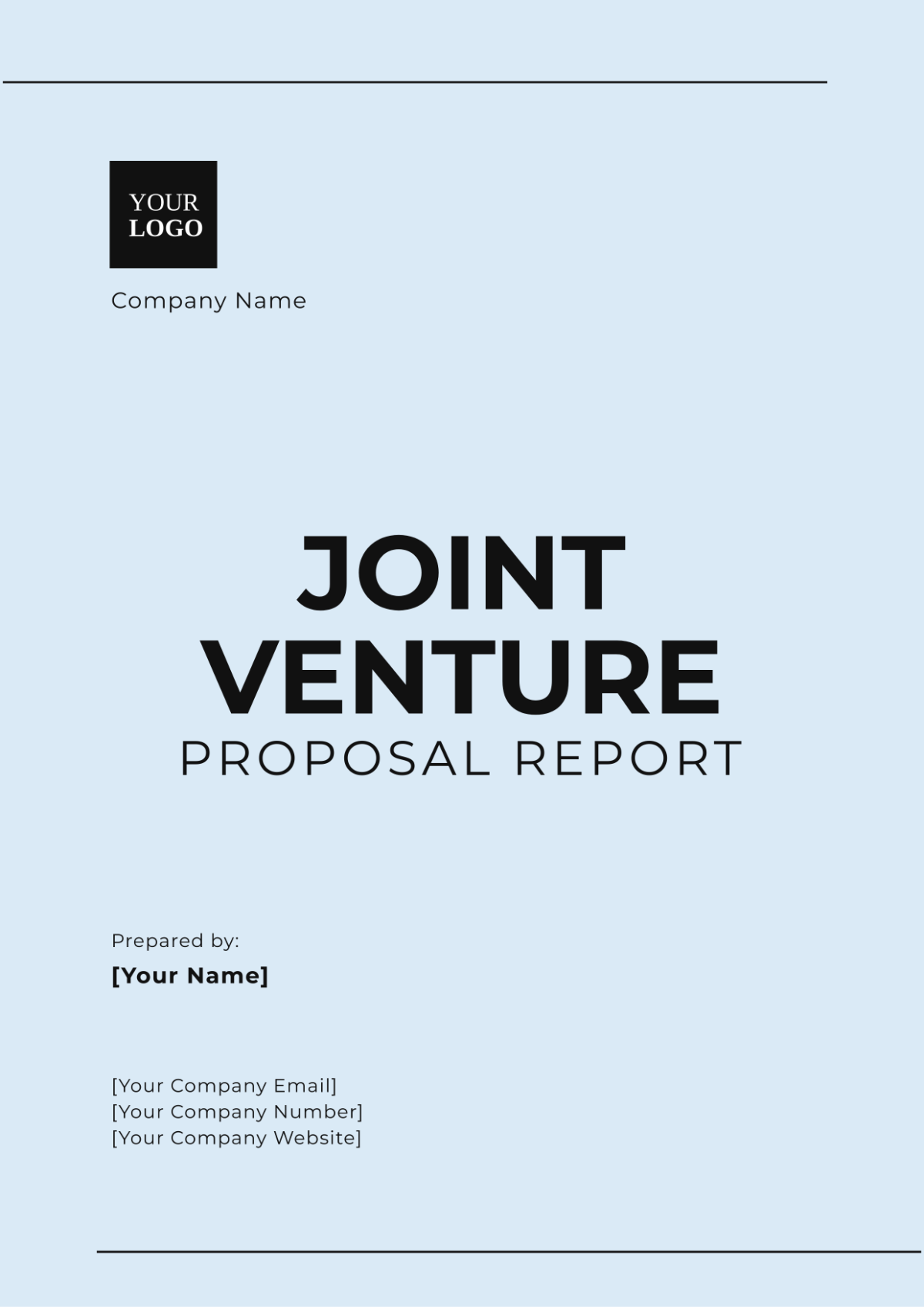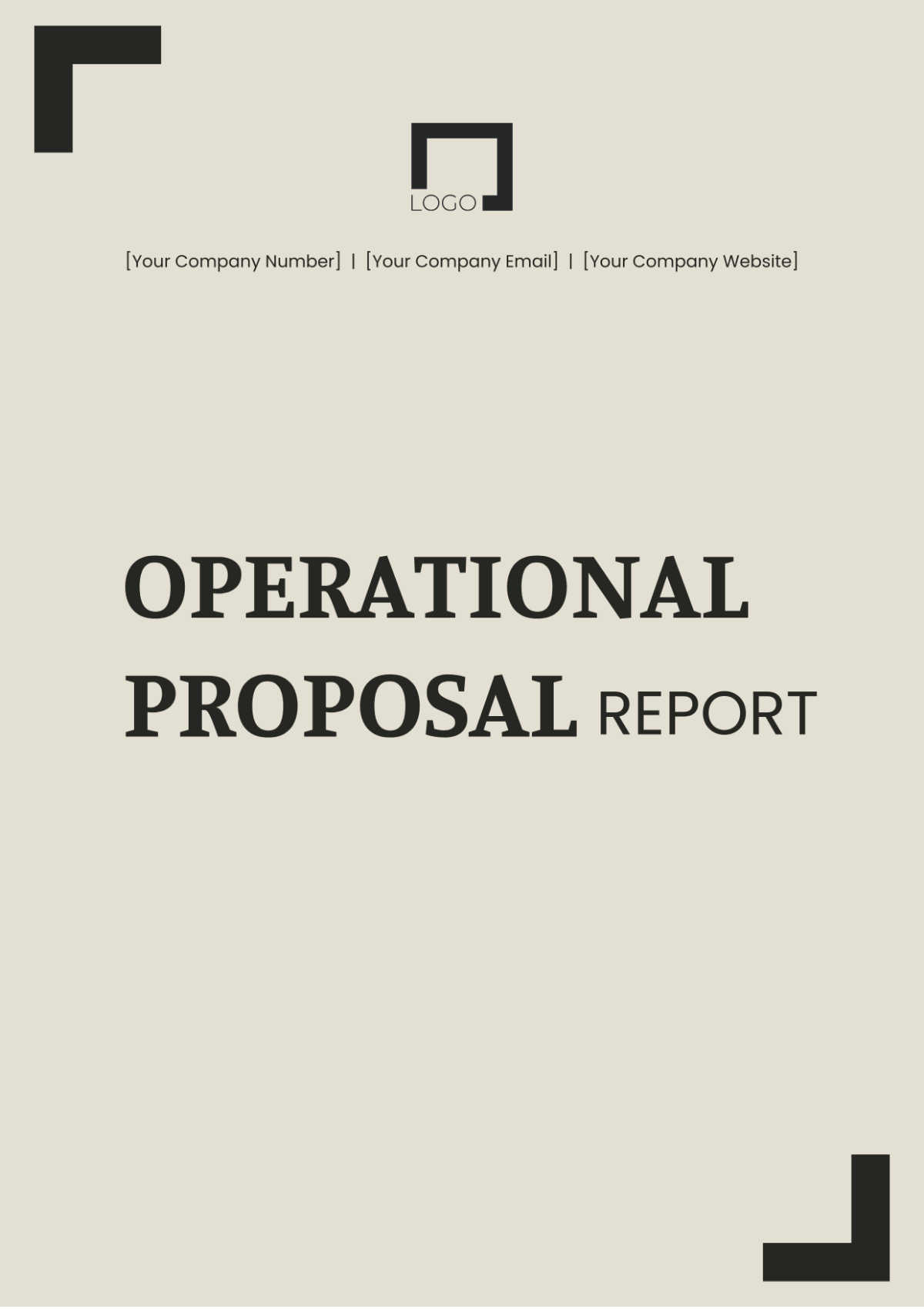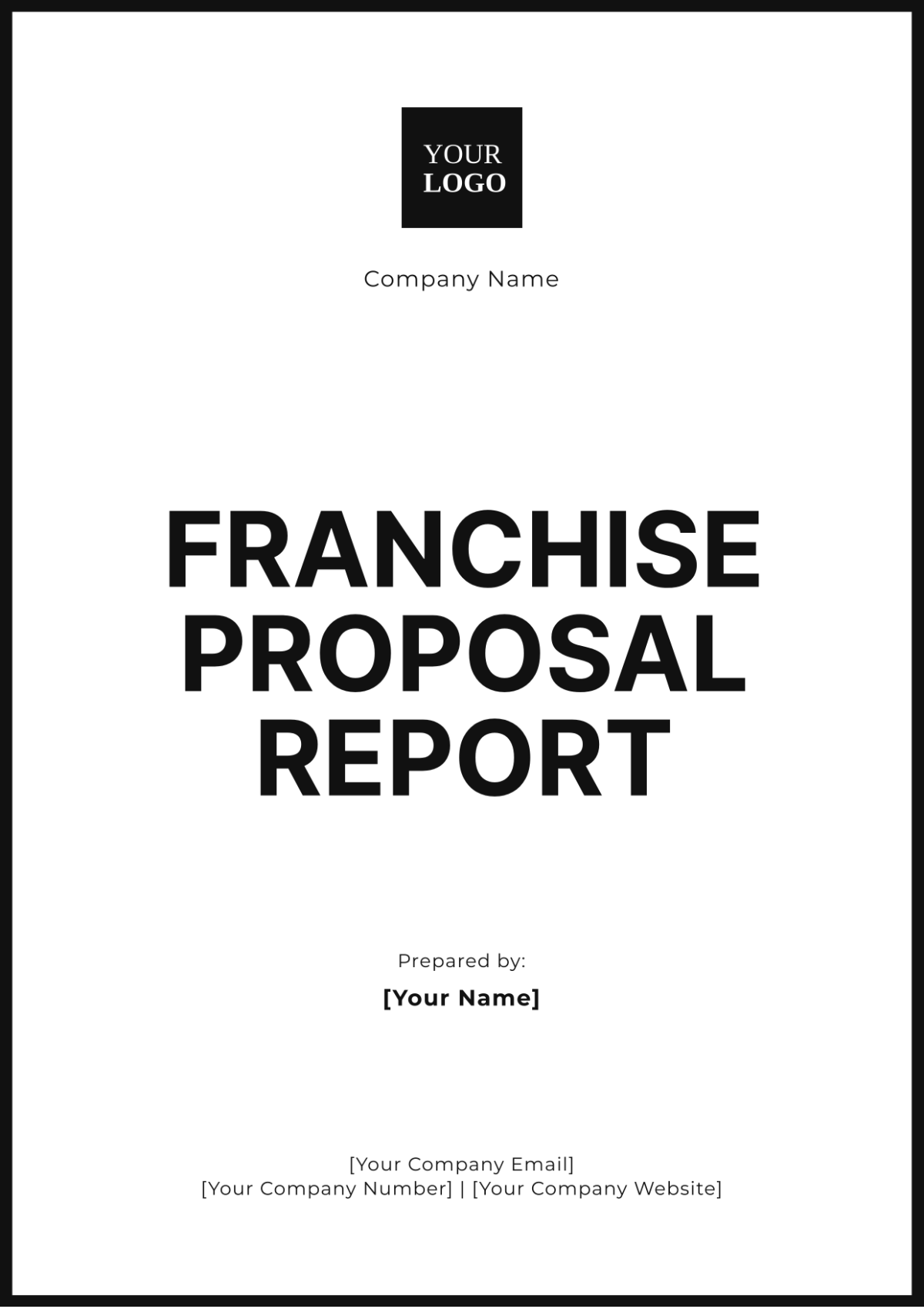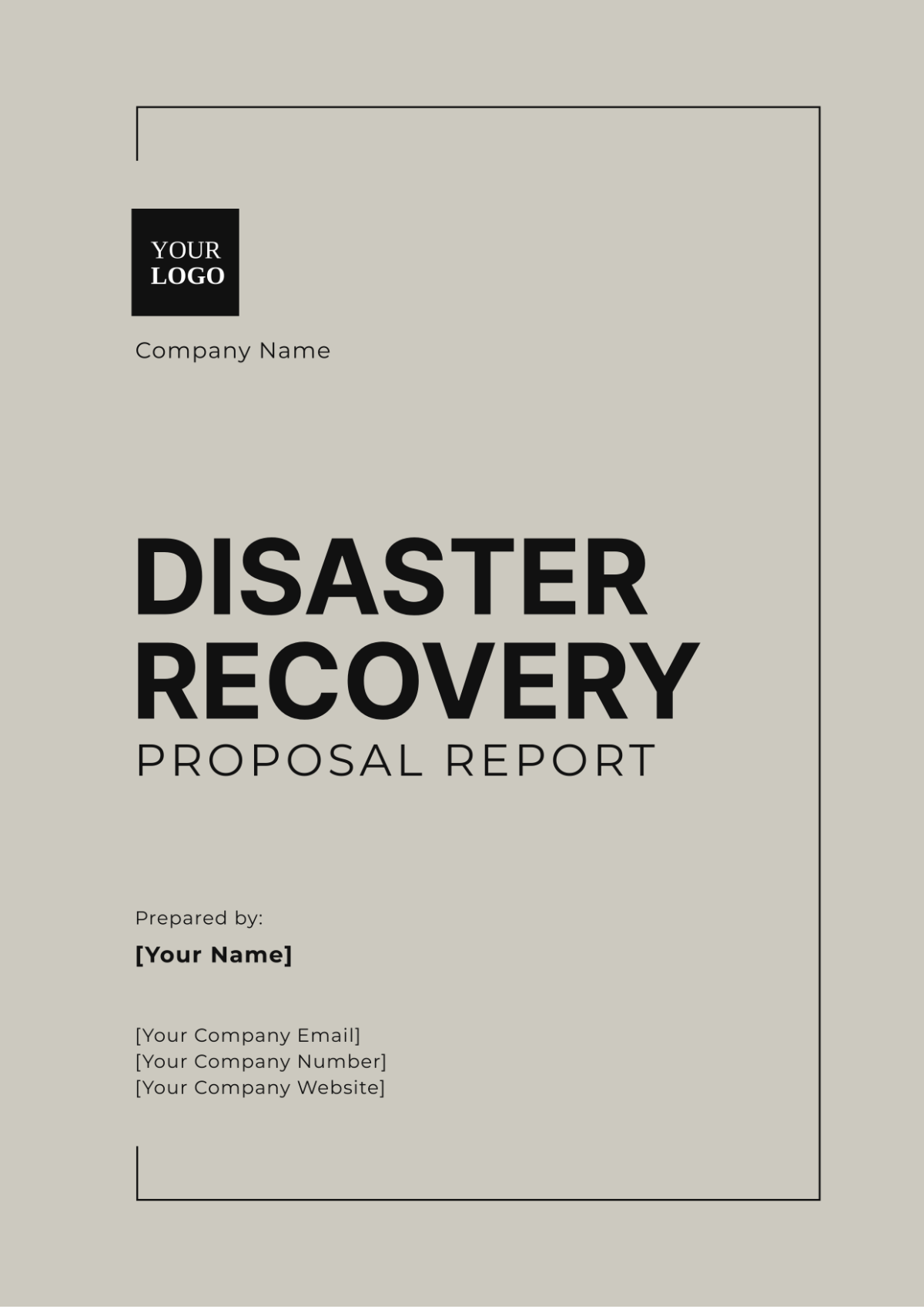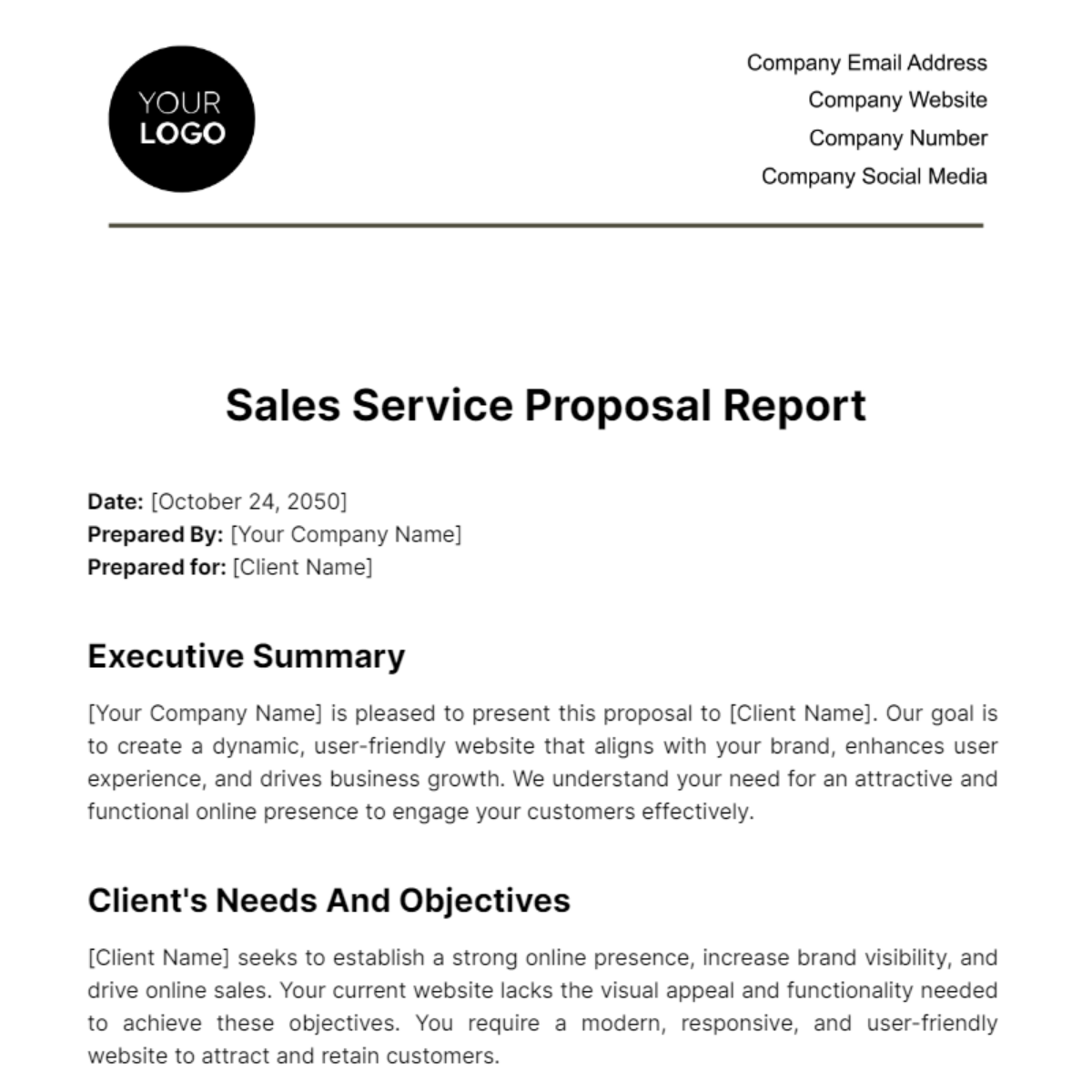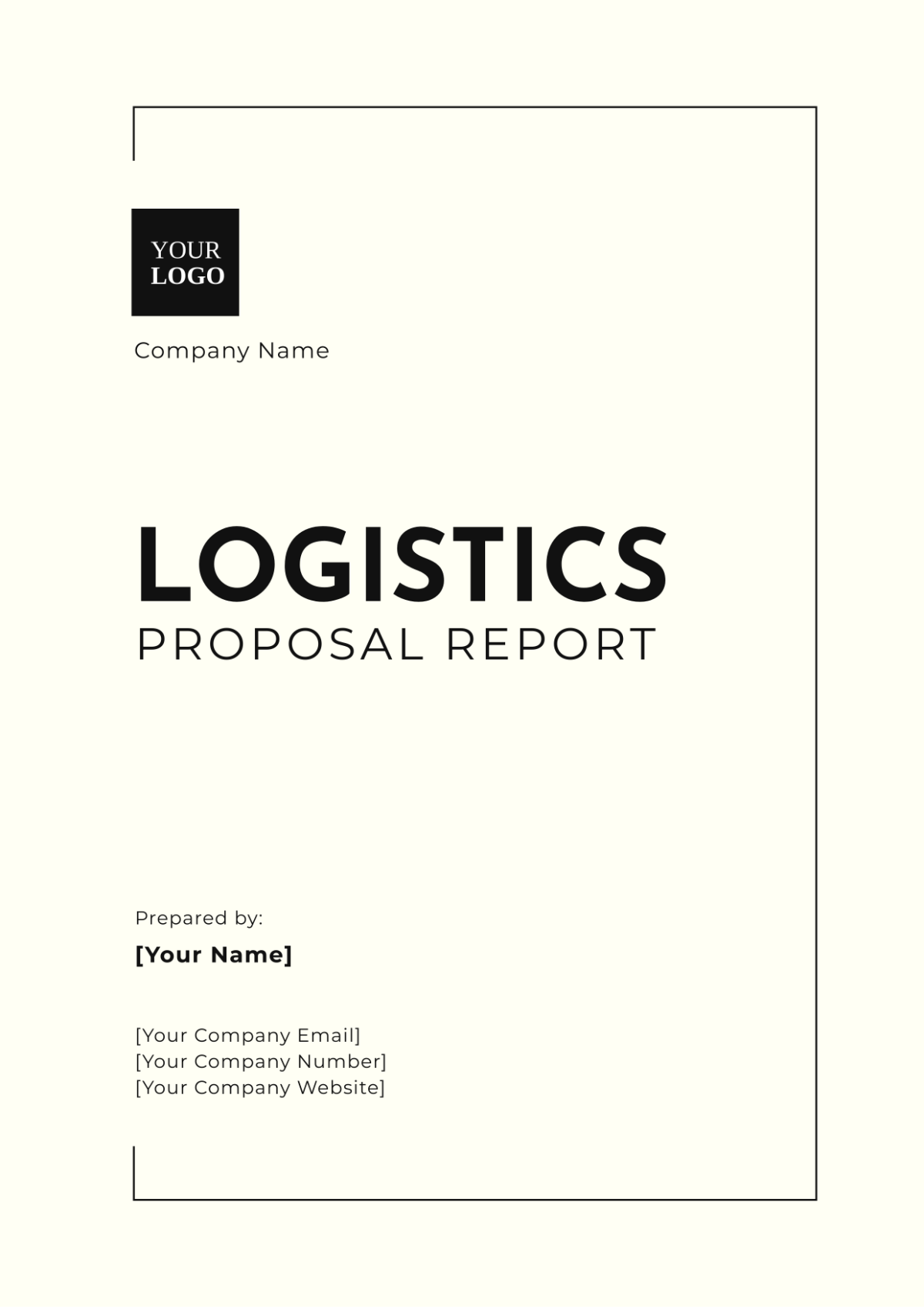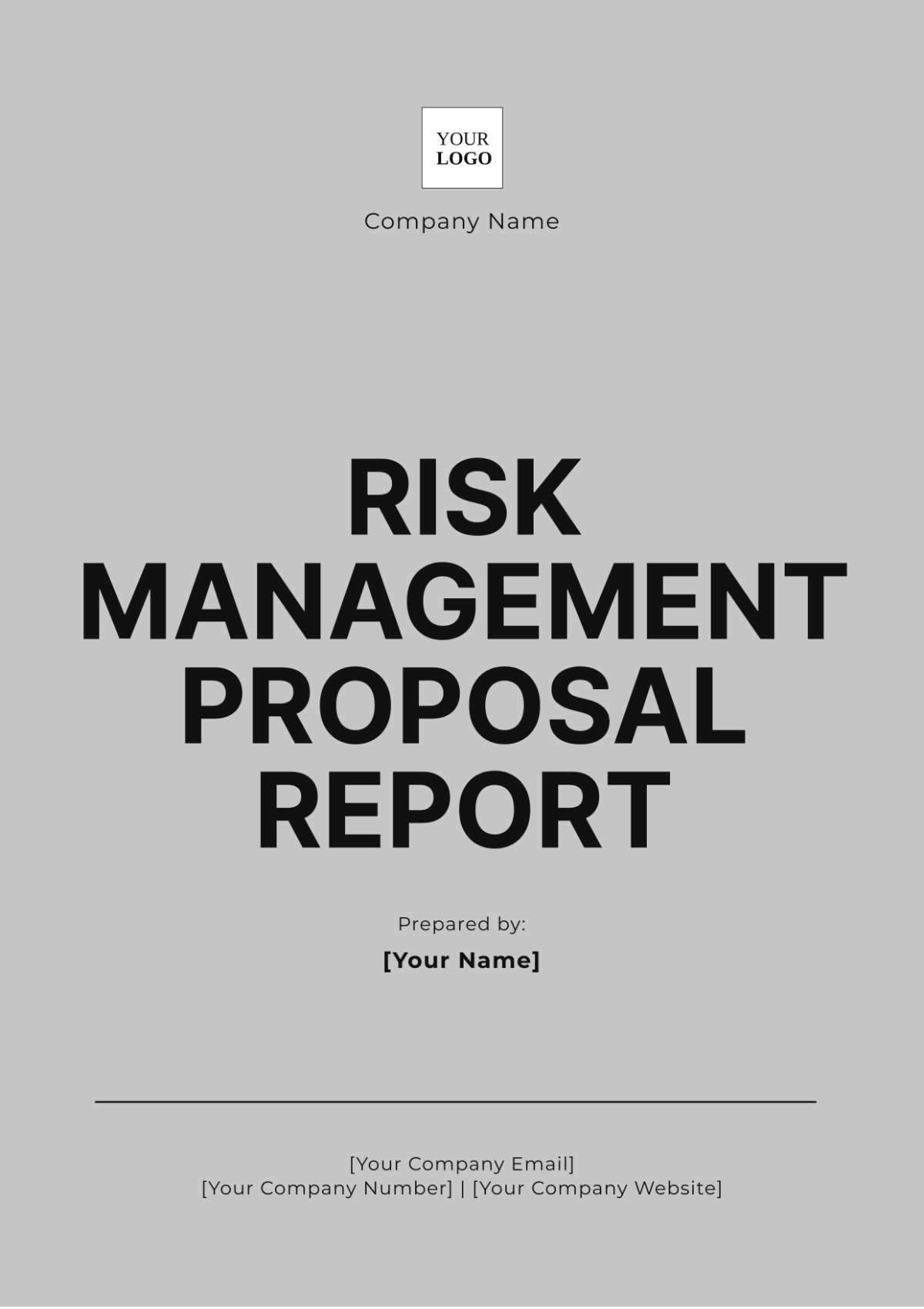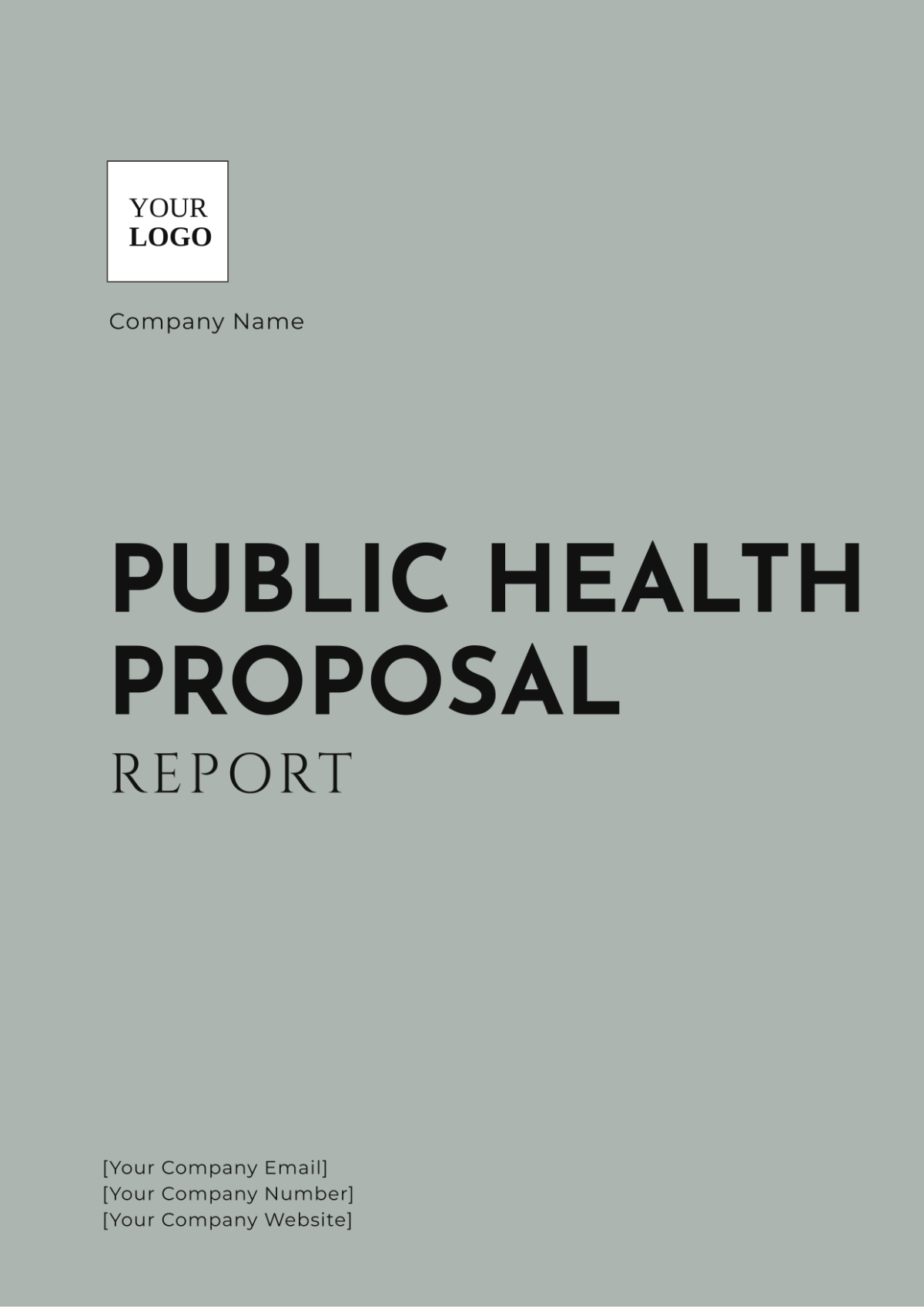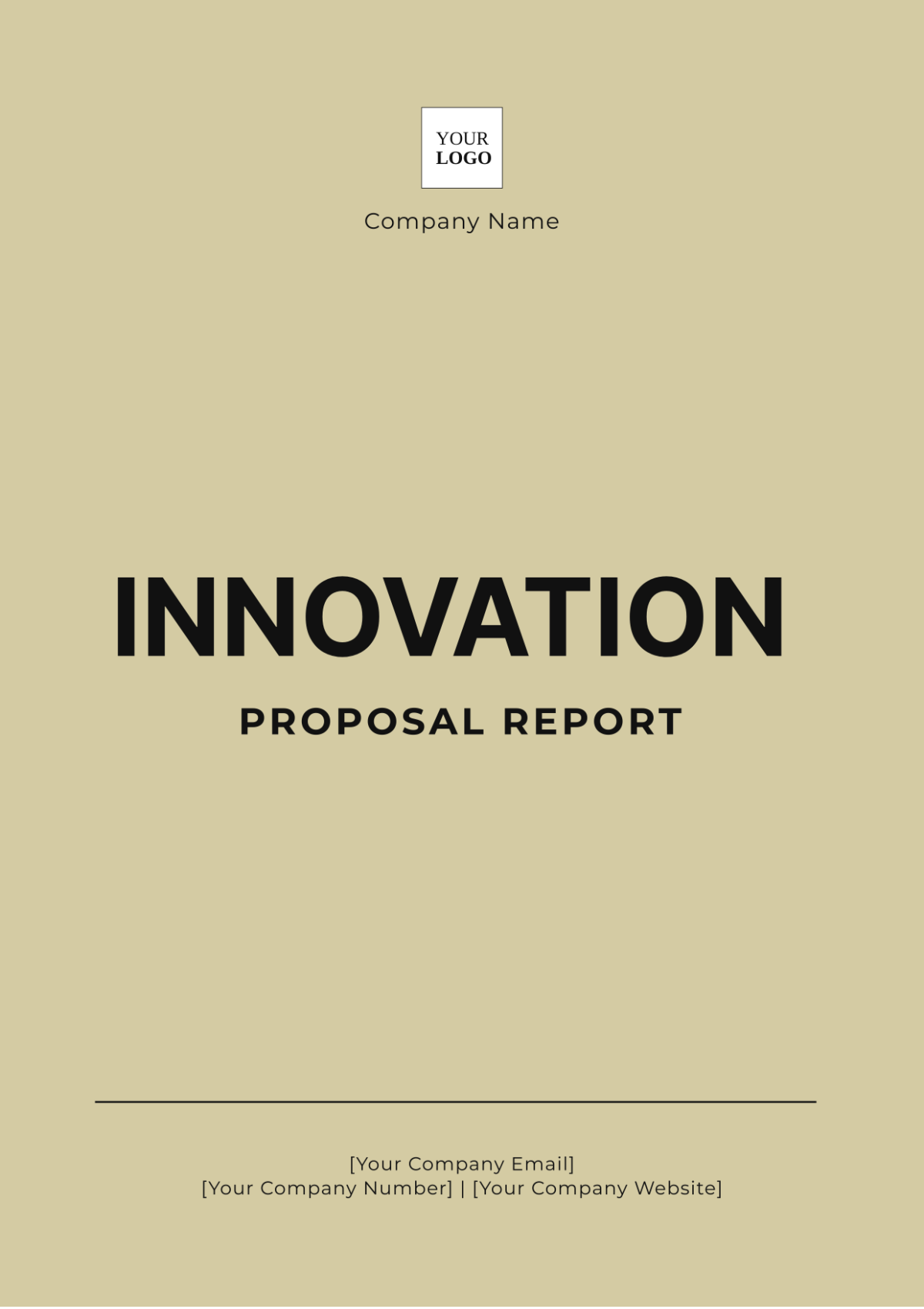Operational Proposal Report
Prepared By: [Your Name]
Date: [Date]
1. Executive Summary
This report presents a comprehensive strategy designed to enhance operational efficiency within our organization. Our goal is to optimize processes and systems to achieve cost savings, shorten completion times, and elevate overall performance. The following sections outline our proposed improvements, methodologies, and anticipated outcomes.
2. Analysis of Current Systems
2.1. Process Review
An in-depth review of our current operational processes has revealed several key areas for improvement:
Redundant Data Entry Points: Multiple data entry points are causing significant delays and increasing the likelihood of errors.
Inefficient Supply Chain Management: Current practices are leading to inefficiencies and potential disruptions in the supply chain.
High Incidence of Manual Errors: Frequent manual errors are impacting the accuracy and reliability of our operations.
2.2. Systems Audit
A thorough audit of our existing systems identified the following inefficiencies:
System Component | Issue | Impact |
|---|---|---|
Inventory Management | Outdated Software | Inaccurate stock levels and discrepancies |
Customer Relationship Management (CRM) | Lack of Integration | Fragmented customer data, affecting service quality |
Order Processing | Manual Entry | Increased delays and errors in processing orders |
3. Proposed Improvements
3.1. Automation of Redundant Tasks
We propose the implementation of automation tools to streamline repetitive tasks, which will reduce errors and enhance efficiency. Specific interventions include:
Automated Data Entry Systems: To eliminate redundant manual data input.
Robotics Process Automation (RPA): For handling routine tasks efficiently.
Automated Inventory Tracking: To ensure real-time inventory updates and accuracy.
3.2. System Upgrades
Upgrading our current systems to modern, integrated solutions will facilitate seamless interdepartmental communication. Key upgrades include:
Advanced ERP System: To consolidate various functions into a unified platform.
CRM Integration with ERP: Streamline data and boost service.
AI-Driven Analytics: To provide actionable insights and enhance decision-making.
4. Methodology
4.1. Project Phases
The implementation of the proposed improvements will follow a structured approach:
Phase 1: Planning and Assessment – Defining objectives, assessing requirements, and creating a detailed project plan.
Phase 2: Development and Testing – Developing solutions, conducting rigorous testing, and refining based on feedback.
Phase 3: Deployment and Optimization – Rolling out solutions, monitoring performance, and making necessary adjustments for optimal results.
4.2. Stakeholder Engagement
Engaging stakeholders throughout the project is crucial for successful implementation. Strategies include:
Regular Project Update Meetings: To keep stakeholders informed and involved.
Feedback Loops and Surveys: To gather input and address concerns.
Training and Support Sessions: For a smooth transition and effective system use.
5. Expected Outcomes
5.1. Efficiency Gains
We anticipate the following improvements in operational efficiency:
30% Reduction in Data Entry Time: Streamlining data entry processes to save time and reduce errors.
20% Decrease in Order Processing Time: Accelerating order fulfillment through improved systems and processes.
25% Reduction in Manual Errors: Minimizing errors through automation and system enhancements.
5.2. Financial Benefits
The proposed improvements are expected to yield significant financial benefits:
Annual Cost Savings of Approximately $500,000: Through reduced operational costs and increased efficiency.
Improved ROI Within the First Year: Due to enhanced productivity and cost-effectiveness.
Enhanced Revenue: Resulting from an optimized customer experience and streamlined operations.
6. Conclusion
Enhancing operational efficiency is critical for maintaining a competitive edge and achieving long-term success. By implementing the proposed improvements, we anticipate substantial gains in both operational and financial metrics. Effective stakeholder engagement and a structured methodology will be essential to the successful execution of these initiatives.





